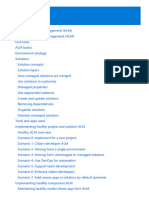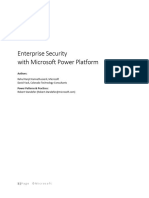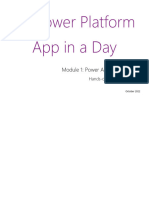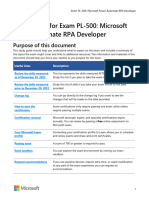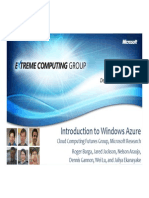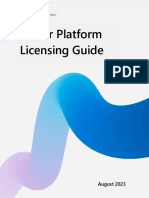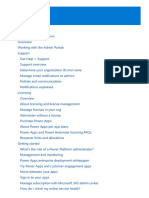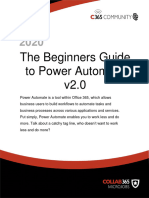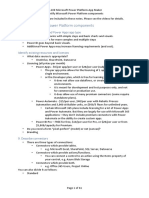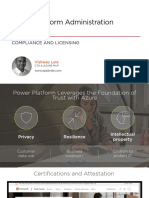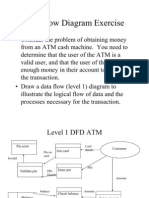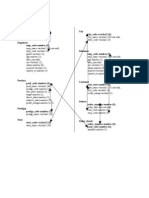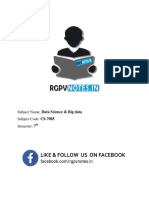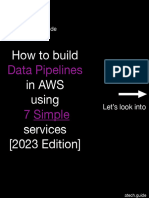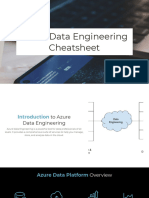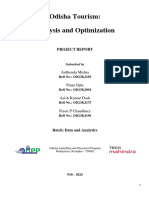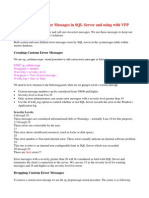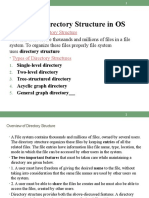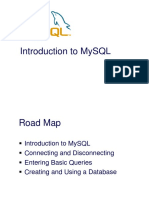0% found this document useful (0 votes)
330 views25 pagesCreate and Manage Environments Slides
Microsoft Power Platform environments are containers that administrators can use to manage apps, Power Automate flows, connections, and other assets. Environments also manage permissions for users. The default environment allows all licensed users to create apps and flows, while additional environments offer more control over permissions. Environments are tied to a specific geographic location and include a Common Data Service database. Environment analytics provide usage insights and error reporting to help optimize performance. Multiple environments can be used for purposes like security, scalability, and application lifecycle management across development, test, and production stages.
Uploaded by
Sachchinn AnnamCopyright
© © All Rights Reserved
We take content rights seriously. If you suspect this is your content, claim it here.
Available Formats
Download as PDF, TXT or read online on Scribd
0% found this document useful (0 votes)
330 views25 pagesCreate and Manage Environments Slides
Microsoft Power Platform environments are containers that administrators can use to manage apps, Power Automate flows, connections, and other assets. Environments also manage permissions for users. The default environment allows all licensed users to create apps and flows, while additional environments offer more control over permissions. Environments are tied to a specific geographic location and include a Common Data Service database. Environment analytics provide usage insights and error reporting to help optimize performance. Multiple environments can be used for purposes like security, scalability, and application lifecycle management across development, test, and production stages.
Uploaded by
Sachchinn AnnamCopyright
© © All Rights Reserved
We take content rights seriously. If you suspect this is your content, claim it here.
Available Formats
Download as PDF, TXT or read online on Scribd
/ 25
